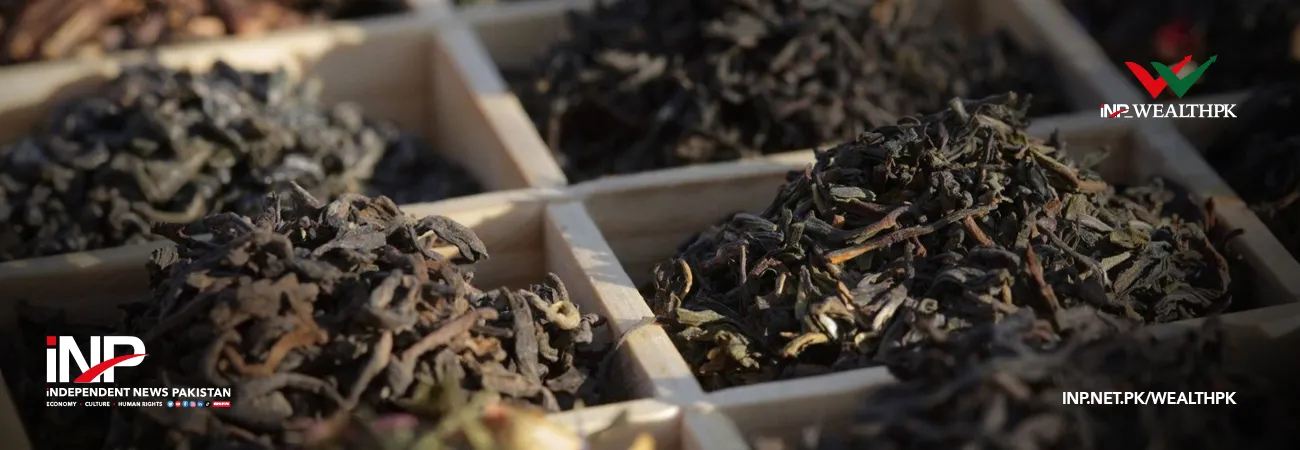INP-WealthPk
Muhammad Luqman
In response to India’s suspension of river flow data sharing under the 65-year-old Indus Waters Treaty, Pakistani meteorologists have adopted alternative strategies to forecast floods during the current monsoon season.
“We are using hydraulic models and weather radar data to issue daily flood warnings,” said Dr. Zaheer Babar, Director of the Flood Forecasting Division and Chief Meteorologist.

The shift in methodology follows India’s halt in transmitting critical flood-related data, which previously played a role in Pakistan’s early warning systems. In the absence of this information, Pakistan’s meteorological authorities have intensified the use of modern forecasting technologies and domestic data resources to ensure public safety and disaster preparedness.
India announced the suspension of the Indus Waters Treaty after an attack on a group of tourists in Pahalgam, a resort town in Indian-Occupied Kashmir, in April this year. In an interview with WealthPK, Dr. Zaheer Babar explained that flood forecasting relies on three key components: meteorological factors (weather conditions), hydrological factors (water systems), and geographical/topographical factors.
He emphasized that hydraulic models are essential tools for flood forecasting, as they simulate the flow of water through a river system, enabling predictions of floodwater levels and potential inundation areas. The Pakistan Meteorological Department is currently employing advanced hydraulic models and systems, including the Flood Early Warning System (FEWS), the Indus Integrated Flood Analysis System (Indus-IFAS), and the Flash Flood Guidance System (FFGS).
“These models are supported by weather radars, satellite data, and institutional expertise,” the Chief Meteorologist noted. Dr. Babar added that while India formally announced the suspension of the Indus Waters Treaty in April, “in reality, it had not been operational for several years, as real-time cross-border river data sharing had remained inconsistent during this period.”
Due to the challenges in ground-based monitoring of transboundary rivers, satellite observations and radar systems have been effectively filling data gaps, ensuring reliable flood predictions despite limitations in international data-sharing arrangements. According to meteorologists, India’s limited cooperation since 2019 compelled Pakistani authorities to develop alternative flood forecasting methods.
“Over the last five years, the Flood Forecasting Division has developed improved hydraulic models, including customized international models and locally developed systems, to ensure accurate flood forecasting,” former Chief Meteorologist Mian Ajmal Shad told WealthPK.
He assured the public that the Pakistan Meteorological Department would continue to provide accurate and timely flood forecasts. Hydrologists believe that radars installed at Mangla, Lahore, and Sialkot can monitor rainfall in the catchment areas of the Jhelum, Ravi, and Chenab rivers, helping meteorologists assess potential river flow volumes.
“The river water data shared by India was not under the Indus Waters Treaty but through a separate agreement between the two countries,” revealed Sheraz Jameel Memon, former Indus Water Commissioner. He expressed hope that India would continue to inform Pakistan about any peaks in the western or eastern rivers under that separate arrangement.
“It is a common practice worldwide for upper riparian countries to notify lower riparian countries in advance in case of such eventualities,” Memon said. He added that India and Pakistan must resolve the issue, warning that the continued suspension of the treaty could threaten peace in South Asia.
Credit: INP-WealthPk













